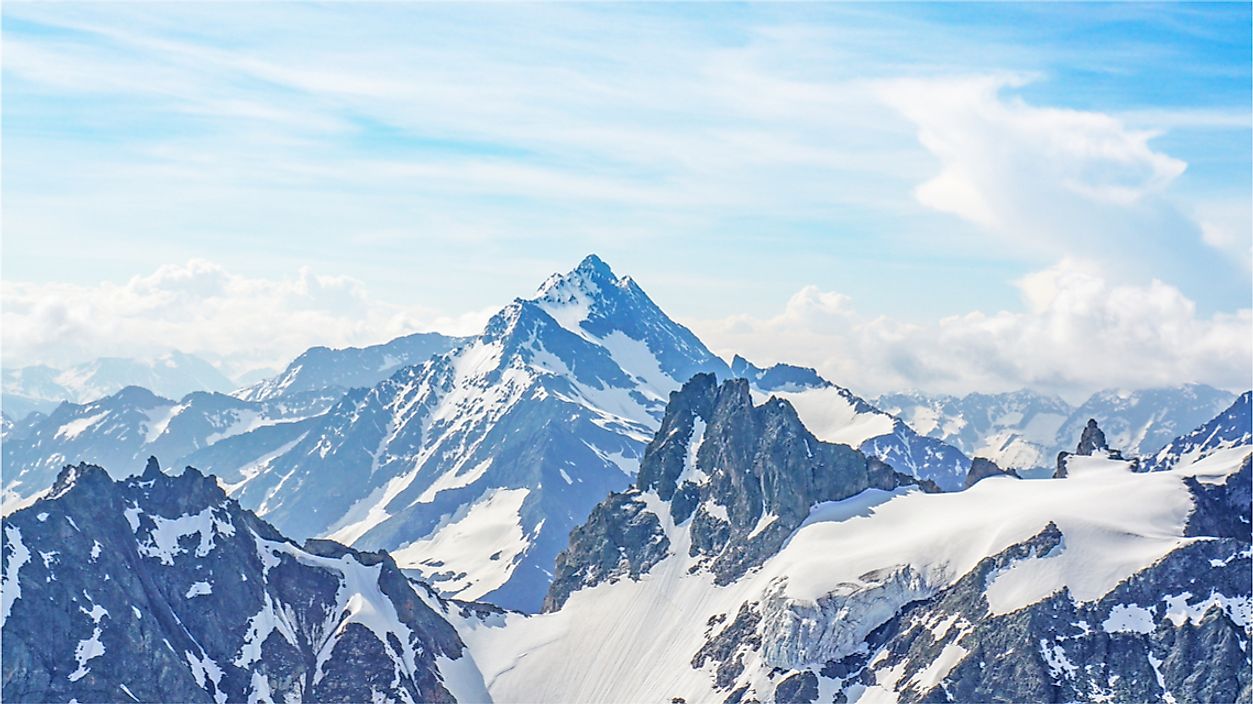What Are the Differences Between a Mountain and a Hill?

"Mountain" and "hill" are relatively common terms in English-speaking countries around the world. In everyday conversation, the two words tend to refer to two very different geographic formations with no firm definition. Despite the apparent differences between the two, mountains and hills share some similarities. For example, both are geographic formations that protrude from the ground and stand higher than the surrounding land. Whether or not these two formations are the same or different is a point of contention for some people. This article highlights the differences between a mountain and a hill.
What Is a Mountain?
Prior to the 1970s, geographic societies in both the United Kingdom and the United States followed a simple definition of mountains. According to this early definition, mountains are any geographic feature that stands higher than 1,000 feet above sea level. However, both countries no longer use this definition to classify mountains.
Generally speaking, mountains are created as a result of fault line activity. These formations typically have steep slopes and a very sharp, defined peak. Additionally, mountains present a difficult climbing challenge to hikers due to the terrain and rapid elevation gain. Mountains are also most commonly found in a range with other similar peaks, known as a mountain range. Most, but not all, mountains can also be identified by their name, which usually contains the word “mountain.”
What Is a Hill?
Hills are sometimes formed by fault line activity. Additionally, researchers have determined that hills may also be created as a result of erosion, which occurs when wind and rain carry away rocks and soil, reducing the size and height of the original geographic formation. Because of this erosion activity, hills tend to have a gentle sloping shape and are typically not very tall in elevation. This sloping shape also means that the peak of a hill is not very pronounced and often appears round in shape. Hikers and mountain climbers typically find it less challenging to reach to summit of a hill.
Scientists have identified at least four types of hills: tors, buttes, drumlins, and puys. Tors are hills with some sort of exposed rock formation located on its peak. Buttes are raised hills with a tabletop-like peak, located in the middle of otherwise flat locations. Drumlins are hills that cover a particularly long stretch of terrain, and were formed by glacial activity. Finally, puys are of volcanic origin and have a distinct cone shape.
Differences Between Mountains and Hills
The differences between mountains and hills are primarily based on an unofficial understanding, given the lack of a formal geographic or geological categorization of the two. In short, the main difference between a mountain and a hill is elevation. The idea that a mountain is taller than a hill is perhaps the most widely accepted difference between the two. Additionally, mountains are often considered to have a much more defined and pointed peak than that found on a hill. The final difference between mountains and hills is that mountains typically belong to a larger mountain range, whereas hills are more commonly found standing alone.











